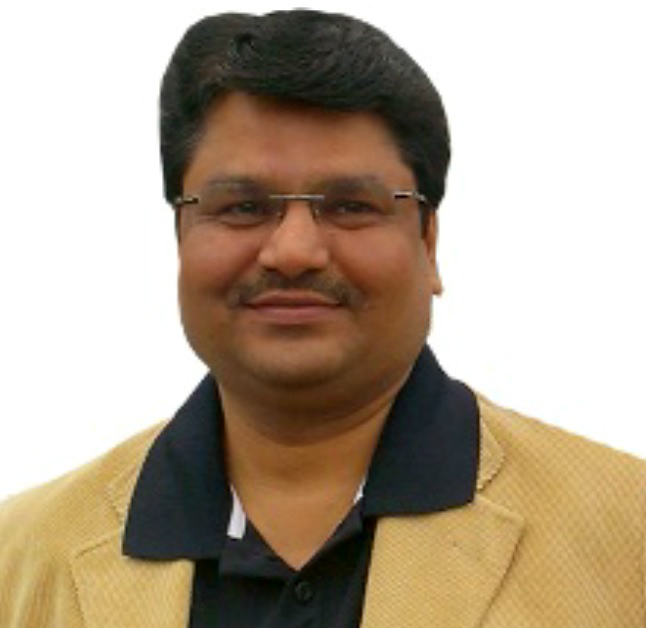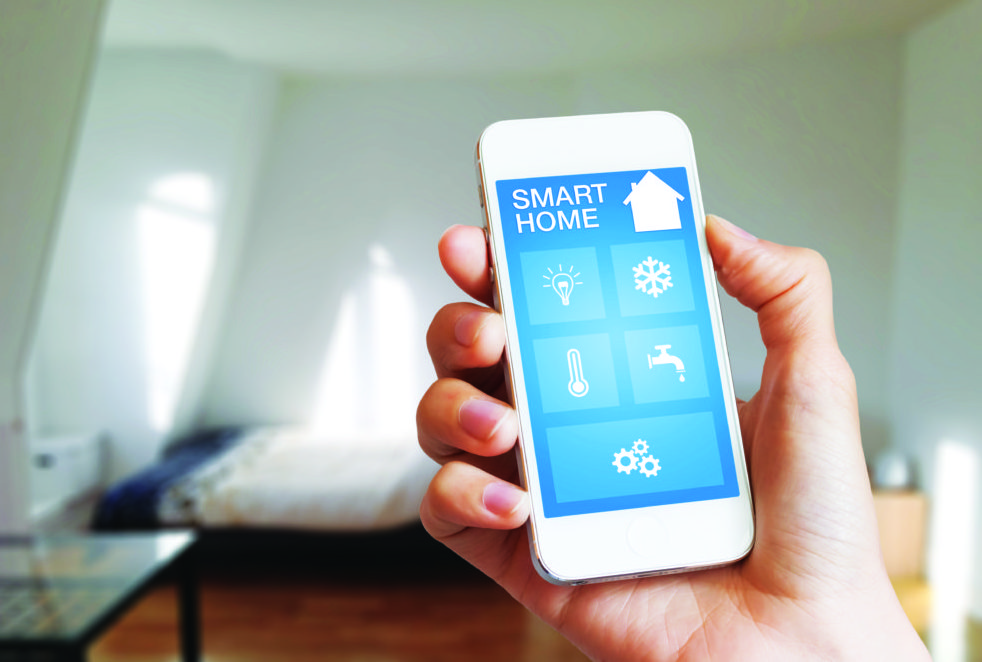Pointing out that knowledge of control applications can go a long way in eliciting optimal advantage from a Building Management System, Arvind K Swarnkar lists thumb rules to help follow best practices for control systems in a smart building.

Arvind Swarnkar
Building Management Systems (BMS) are quite often equipped to carry out a wide range of functions, but many such systems are under-used, because they are not installed at the start of the building’s lifetime, or because they are not known to the users, including the staff responsible for managing or operating the installations – for example, exclusive use of programmable local thermostats.
Knowledge of these control applications is essential in order to obtain maximum performance from the building and to optimise energy consumption. These best practices can be broken down into three levels – Basic control applications, Advanced control applications and Integrated control applications. A checklist for each level is given below:
Basic control applications
These comprise a set of technical solutions based on differentiated programming according to zoning criteria, or based on a timetable/calendar. These applications are subdivided as follows:
Controllers with an integrated web server allow adaptation of the time programming for installations according to forecast climate conditions, provided via a link to a weather forecasting web page
• Zoned control: Programming according to a predefined calendar/timetable, with specific levels for air conditioning and lighting for each zone in the buildings.
• Seasonal control: Automatic adjustment by means of calendar programming of the predefined HVAC set-points for ambient temperatures during winter (20 degrees C ± 1 degree C) and summer (25 degrees C ± 1 degrees C).
• Occupancy-based control: Adjustment of comfort conditions according to the occupancy status, or in response to demand (more/less cold/heat), and adjustment of underlying conditions for periods of non-occupancy.
• Presence-based control: Adjustment of conditions in the room or zone based on motion detection (for lighting, air conditioning, etc.) or by means of access cards (in restricted zones).
• Calendar-based control: Adjustment by programming the start/stop times for installed plants during working periods, vacations and public holidays.
• Timetable-based control: Adjustment by programming the conditions on the basis of shift timetables (working hours; night-time; cleaning/maintenance services and unoccupied/security guard).
Advanced control applications
These control applications allow equipment to be operated in response to variable internal and/or external conditions. The following are a few examples:
There is no doubt that integrated control offers numerous possibilities for efficient energy management in a hospital
• Control of light level: Activation and control according to the intensity of outside light (position of blinds, zoned ‘dimming’ control of interior lighting, etc.).
• Scenario-based control: Predefined programming (for lighting and air conditioning) according to the activity taking place in the room.
• Corridor control: Continuous adjustment of lighting in corridors and common zones with natural lighting, according to the intensity of the outside light.
• Air quality control: Regulation of the inflow of outside air according to the level of CO2in the room.
• VAV box control: Adjustment of the volume flow of incoming air from VAV boxes, according to the room load.
• Thermal control of air conditioners: Adjustment of thermal conditions according to the outdoor temperature – allows reduction of energy losses in hydraulic networks of buildings.
• Control of central production units: Modification of operating parameters for central refrigeration and heating units according to the load for the building.

Photo A
• Demand limitation: Adjustment of set-points during energy demand peaks.
• Auto-adaptive control: Automatic adaptation of start/stop timetables for installed plants in order to achieve programmed comfort conditions at predefined times, with compensation of thermal inertia in buildings, in response to external conditions.
• Predictive control: Controllers with an integrated web server allow adaptation of the time programming for installations, for example, solar heating, according to forecast climate conditions, provided via a link to a weather forecasting web page. (See photo A)
Integrated control applications
These control applications allow co-ordinated management of various technical installations and sub-systems in buildings on the basis of system integration. There is no doubt that integrated control offers numerous possibilities for efficient energy management in a hospital. Some examples are given below:
 • Control of electricity: Monitoring of the electricity supply by means of integrated network analysers – integrated control allows reactions to excess consumption during peak hours, filtration of harmonics to prevent overheating of boxes, thermal losses or disparities, etc.
• Control of electricity: Monitoring of the electricity supply by means of integrated network analysers – integrated control allows reactions to excess consumption during peak hours, filtration of harmonics to prevent overheating of boxes, thermal losses or disparities, etc.
• Control of equipment: Monitoring and control of specific items of equipment, which are very important for optimising consumption, such as speed controllers (in HVAC system fans, air conditioners, pumps, etc.) and other devices.
• Integrated control of sub-systems: Monitoring and control via one graphic interface or SCADA, of various technical sub-systems, such as air conditioning (HVAC), lighting, fire detection, access control and transportation equipment.
• Advanced alarm management: Online transmission of critical alarms to remote destinations (via e-mail, SMS messages, pager notification, etc.). Some applications allow the technical manager to access on-screen visualisations or data in suitable formats for PDAs or mobile telephones.
• Centralised control: Monitoring and control of all installations from one central position – either local, remote, or independent of location via the Internet.
CPI Industry accepts no liability for the views or opinions expressed in this column, or for the consequences of any actions taken on the basis of the information provided here.
Arvind K Swarnkar is the Managing Director of Sauter Middle East. He can be contacted at arvind.swarnkar@ae.sauter-bc.com.
Copyright © 2006-2025 - CPI Industry. All rights reserved.